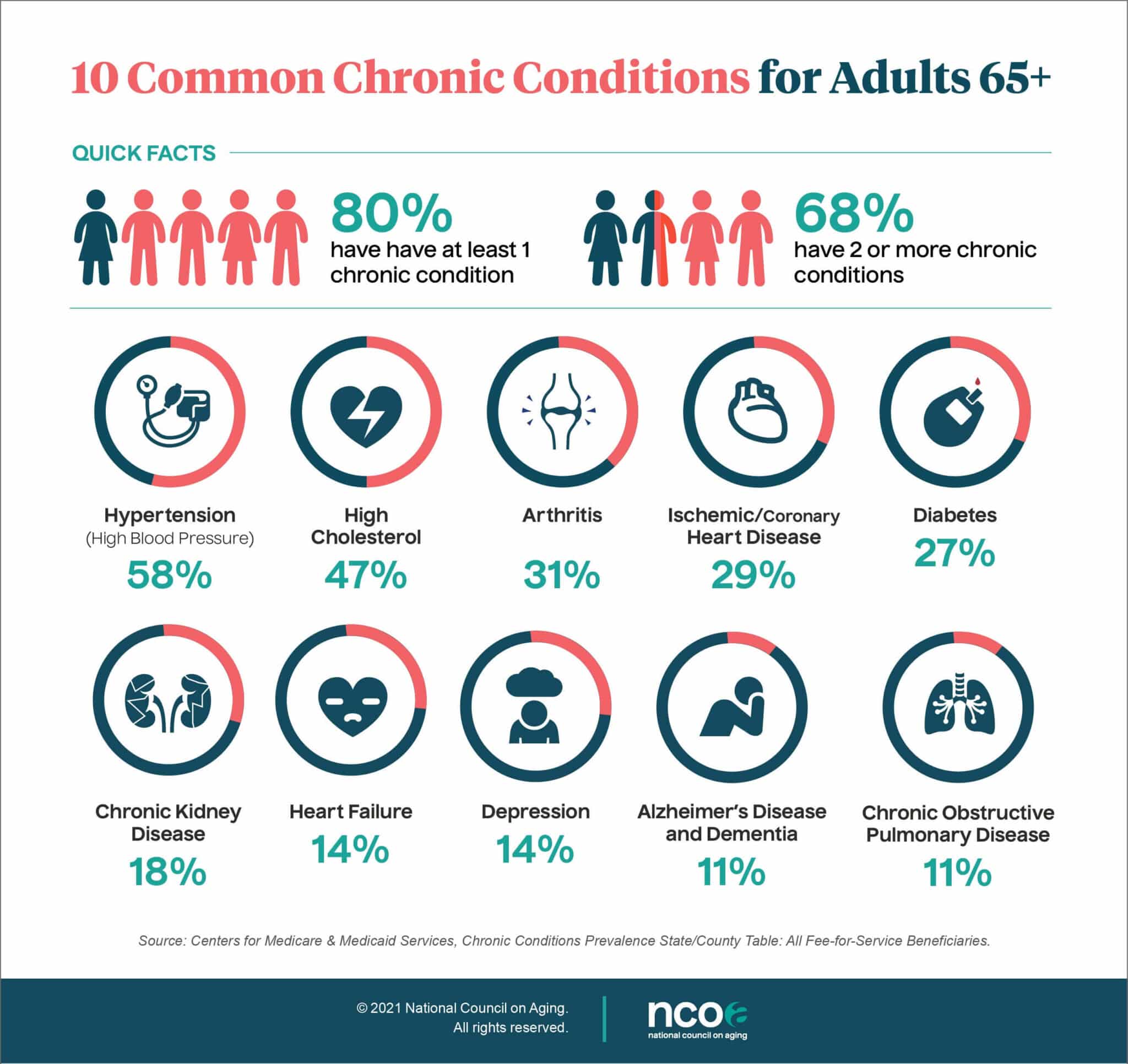Table of Contents
Glycemic Load: A Key to Healthy Eating
Introduction
In the quest for maintaining good health and making informed dietary choices, understanding the glycemic load (GL) concept is paramount. While most of us are familiar with the glycemic index (GI), glycemic load is a more comprehensive tool that takes into account both the quality and quantity of carbohydrates in our foods. In this blog post, we will delve deep into the world of glycemic load, exploring what it is, how it differs from the glycemic index, its significance in managing blood sugar levels, and practical tips on incorporating it into your daily diet.
KEEP eye on your blood sugar through Blood sugar control and Monitoring device
1: What is glycemic load?

1.1 Glycemic Index vs. Glycemic Load
Before we dive into the intricacies of glycemic load, let’s briefly differentiate it from its more well-known counterpart, the glycemic index (GI). The GI measures the rate at which a specific carbohydrate-containing food raises blood sugar levels when consumed in isolation. Foods with a high GI are rapidly digested and absorbed, causing a quick spike in blood sugar, while those with a low GI lead to a gradual and more controlled increase.
However, the GI has its limitations. It only considers the type of carbohydrate in a food but disregards the actual amount of carbohydrates consumed. This is where glycemic load comes into play.
Glycemic load (GL), on the other hand, combines the GI of a food with the quantity of carbohydrates in a typical serving. It provides a more accurate picture of how a particular food affects blood sugar levels when eaten in realistic portions. In essence, GL is a more practical tool for evaluating the impact of real-world meals on your blood sugar.
1.2 The Glycemic Load Equation
To calculate the glycemic load of a food item, you need two pieces of information: the glycemic index (GI) of that food and the amount of carbohydrates in a typical serving. Here’s the simple formula:
������������(��)=(�������������(��)��������������ℎ�������(�)����������)/100GlycemicLoad(GL)=(GlycemicIndex(GI)xAmountofCarbohydrates(g)in a serving)/100
For example, let’s take a medium-sized baked potato with a GI of 85 and 37 grams of carbohydrates. The GL of this potato would be:
��=(85�37)/100=31.45GL=(85×37)/100=31.45
Now that we’ve grasped the concept of GL, let’s explore why it’s important for your health.
2: The Significance of Glycemic Load

2.1 Blood Sugar Control
Maintaining stable blood sugar levels is crucial for overall health and well-being. Foods with a high glycemic load can lead to rapid spikes and subsequent crashes in blood sugar, leaving you feeling tired and hungry shortly after eating. This rollercoaster ride of blood sugar levels can be particularly problematic for individuals with diabetes or those at risk of developing the condition.
Conversely, foods with a low glycemic load have a more gentle and sustained effect on blood sugar levels. They provide a steady source of energy and can help prevent the cravings and mood swings associated with high-GL foods.

2.2 Weight Management
The relationship between glycemic load and weight management is an area of ongoing research and debate. However, there is evidence to suggest that diets lower in glycemic load may be associated with better weight control. High-GL foods can lead to overeating due to their ability to cause rapid fluctuations in blood sugar levels and trigger hunger.
Low-GL foods, on the other hand, tend to be more filling and satisfying, making it easier to control calorie intake and maintain a healthy weight. This can be particularly beneficial for those looking to shed a few pounds or maintain their current weight.

2.3 Reducing the Risk of Chronic Diseases
Dietary patterns that emphasize low-glycemic-load foods have been linked to a reduced risk of chronic diseases such as heart disease, type 2 diabetes, and certain types of cancer. These foods often include whole grains, legumes, fruits, and vegetables, which are rich in fiber, vitamins, minerals, and antioxidants.
By choosing foods with a lower glycemic load, you can help protect your long-term health and reduce the risk factors associated with these conditions.

3: How to Incorporate Glycemic Load into Your Diet
Now that we understand the importance of glycemic load in maintaining good health, let’s explore practical ways to incorporate it into your daily diet.
3.1 Choose Whole Grains
Whole grains, such as brown rice, quinoa, and whole wheat pasta, typically have a lower glycemic load than their refined counterparts. They are also packed with fiber, which further aids in stabilizing blood sugar levels. Make the switch to whole grains in your bread, rice, and pasta choices for a healthier option.
3.2 Opt for Lean Proteins
Proteins like lean meats, poultry, fish, and tofu have minimal carbohydrates and, therefore, a low glycemic load. Including these protein sources in your meals can help balance out the GL of your overall diet.
3.3 Load Up on Non-Starchy Vegetables
Non-starchy vegetables, such as leafy greens, broccoli, and peppers, are incredibly low in both glycemic index and glycemic load. They are versatile and can be added to salads, soups, stir-fries, and as side dishes for meals.
3.4 Don’t Forget Legumes
Beans, lentils, and chickpeas are not only rich in fiber and protein but also have a low glycemic load. They can be incorporated into a variety of dishes, from chili to salads to hummus spreads.
3.5 Watch Your Portions
Even low-glycemic-load foods can affect your blood sugar if consumed in excessive amounts. Be mindful of portion sizes to ensure you’re not overloading on carbohydrates, even if they have a low GL.
3.6 Snack Smart
For snacks, choose options like Greek yogurt with berries, nuts, or vegetable sticks with hummus, which have a lower glycemic load than many processed snacks.
4: Conclusion
In conclusion, understanding glycemic load is a valuable tool for anyone interested in optimizing their diet for better health. It considers both the quality and quantity of carbohydrates in foods, making it a more practical and accurate measure of their impact on blood sugar levels.
By choosing foods with a lower glycemic load, such as whole grains, lean proteins, non-starchy vegetables, and legumes, you can enjoy more stable energy levels, better blood sugar control, and reduced risk factors for chronic diseases.
Remember that glycemic load is just one aspect of a healthy diet. A well-balanced and varied diet that includes a wide range of nutrient-rich foods is key to overall health. Consult with a healthcare professional or registered dietitian for personalized guidance on incorporating glycemic load into your dietary plan.
As you embark on your journey to healthier eating, keep in mind that small changes can lead to significant improvements in your well-being. By understanding and managing your glycemic load, you’re taking a positive step towards a healthier and more vibrant life.
